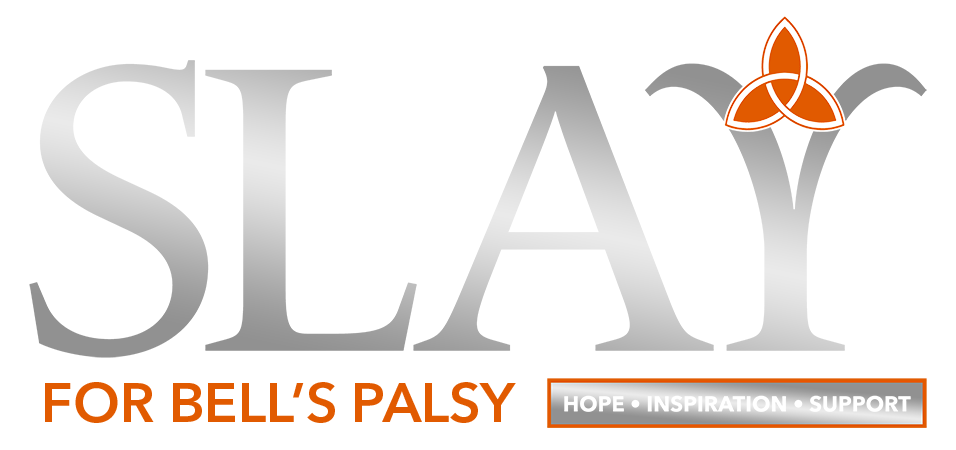Bell's palsy is a form of temporary facial paralysis resulting from damage or trauma to the facial nerves. The facial nerve-also called the 7th cranial nerve-travels through a narrow, bony canal (called the Fallopian canal) in the skull, beneath the ear, to the muscles on each side of the face. For most of its journey, the nerve is encased in this bony shell.
Each facial nerve directs the muscles on one side of the face, including those that control eye blinking and closing, and facial expressions such as smiling and frowning. Additionally, the facial nerve carries nerve impulses to the lacrimal or tear glands, the saliva glands, and the muscles of a small bone in the middle of the ear called the stapes. The facial nerve also transmits taste sensations from the tongue.
When Bell's palsy occurs, the function of the facial nerve is disrupted, causing an interruption in the messages the brain sends to the facial muscles. This interruption results in facial weakness or paralysis.
Bell's palsy is named for Sir Charles Bell, a 19th century Scottish surgeon who described the facial nerve and its connection to the condition. The disorder, which is not related to stroke, is the most common cause of facial paralysis. Generally, Bell's palsy affects only one of the paired facial nerves and one side of the face, however, in rare cases, it can affect both sides.
Because the facial nerve has so many functions and is so complex, damage to the nerve or a disruption in its function can lead to many problems. Symptoms of Bell's palsy can vary from person to person and range in severity from mild weakness to total paralysis. These symptoms may include twitching, weakness, or paralysis on one or rarely both sides of the face. Other symptoms may include drooping of the eyelid and corner of the mouth, drooling, dryness of the eye or mouth, impairment of taste, and excessive tearing in one eye. Most often these symptoms, which usually begin suddenly and reach their peak within 48 hours, lead to significant facial distortion.
Other symptoms may include pain or discomfort around the jaw and behind the ear, ringing in one or both ears, headache, loss of taste, hypersensitivity to sound on the affected side, impaired speech, dizziness, and difficulty eating or drinking.
Help support our mission by donating and/or volunteering.
HOPE • INSPIRATION • SUPPORT
SLAY FOR BELL'S PALSY is committed to providing children and families with financial and educational resources to assist with they symptoms and trauma associated with Bell's Palsy.
Bell’s palsy is a fairly prevalent disorder that affects males and females in equal numbers. According to the National Organization for Rare Disorders, it is estimated that between 25 and 35 in 100,000 people in the United States are affected with Bell’s palsy. Approximately 40,000 individuals are diagnosed with Bell’s palsy in the United States each year. Elderly individuals are more likely to develop Bell’s palsy than children, but the disorder may affect individuals of any age. However, pregnant women or individuals with diabetes or upper respiratory ailments are affected more often than the general population.

Get our quarterly newsletter and be the first to know about any special events we have.
© 2019 SLAY FOR BELL'S PALSY. ALL RIGHTS RESERVED.
Website by RamWeb Design